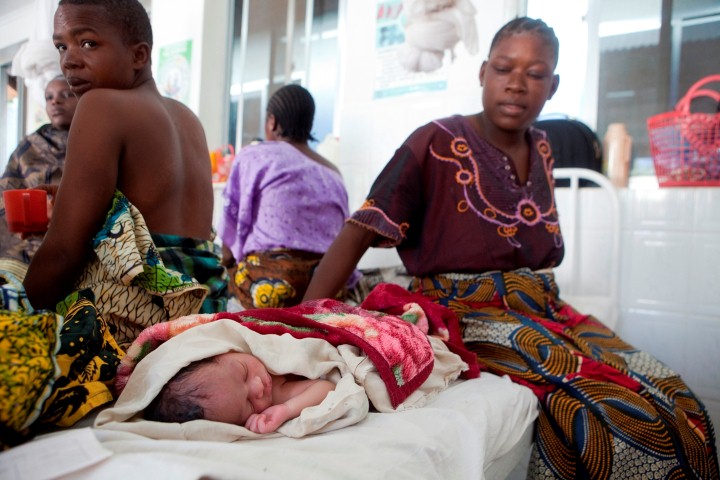
Integration promotes the delivery of more comprehensive health information and services, enhancing the continuity of care, while decreasing missed opportunities to provide additional services. It is a powerful strategy for reaching non-traditional family planning/reproductive health (FP/RH) clients such as men, adolescents, factory workers and people living with HIV, and improving access to and utilization of FP services.
Advancing integration will require synergies in policies, programs, health support systems, services, and behaviors – a difficult task to achieve, especially on a widespread scale. In most settings, especially in the developing world, service integration occurs successfully at lower level health facilities where health workers deliver a limited range of primary health care and clinical services. Challenges remain for scaling up integrated services across an entire health system to maximize benefits to clients and ensure more efficient use of resources. Logistical needs, commodity supplies, health worker shortages, costing information and information systems all affect the quality of service delivery.
While integrating FP services with other health and non-health services presents an opportunity to improve service delivery, the evidence base on the effects of FP integration is limited, and few countries offer integrated services at scale. In the absence of robust data, government ministries are often hesitant to scale up integrated services. In addition, there is little research comparing different integration approaches, nor is there sufficient research comparing the efficacy or cost effectiveness of integrated services compared to non-integrated services. Few studies have examined FP service integration with maternal and infant nutrition services, for example. These gaps limit our understanding of the impact of integrated services on sustainable health behavior change and outcomes. There are, however, promising approaches that could support integration efforts, particularly in countries exploring ways to increase uptake of FP/RH services with limited resources.
In its engagement with stakeholders, E2A emphasizes and supports governments and other interested stakeholders to integrate FP services within health and non-health activities to best meet client needs and conform to the local context and realities. E2A’s team and its partner agencies have many years of experience successfully integrating FP with maternal, neonatal and child health, nutrition, HIV/AIDS, and other health interventions that can be systematically adapted to strengthen health systems and service delivery at facility and community levels. E2A also views other strategies for FP integration, or sexual and reproductive health integration - such as pre-service education and introduction and scale-up of FP into the workplace or into conservation and environmental programs – as opportunities to expand access and meet the unmet need for services.